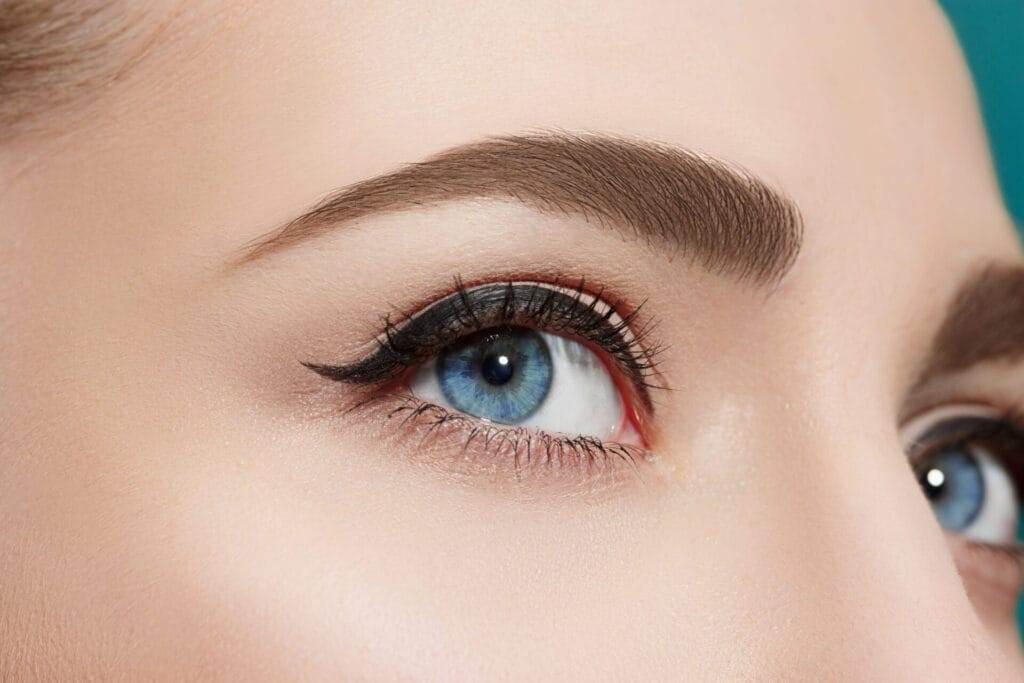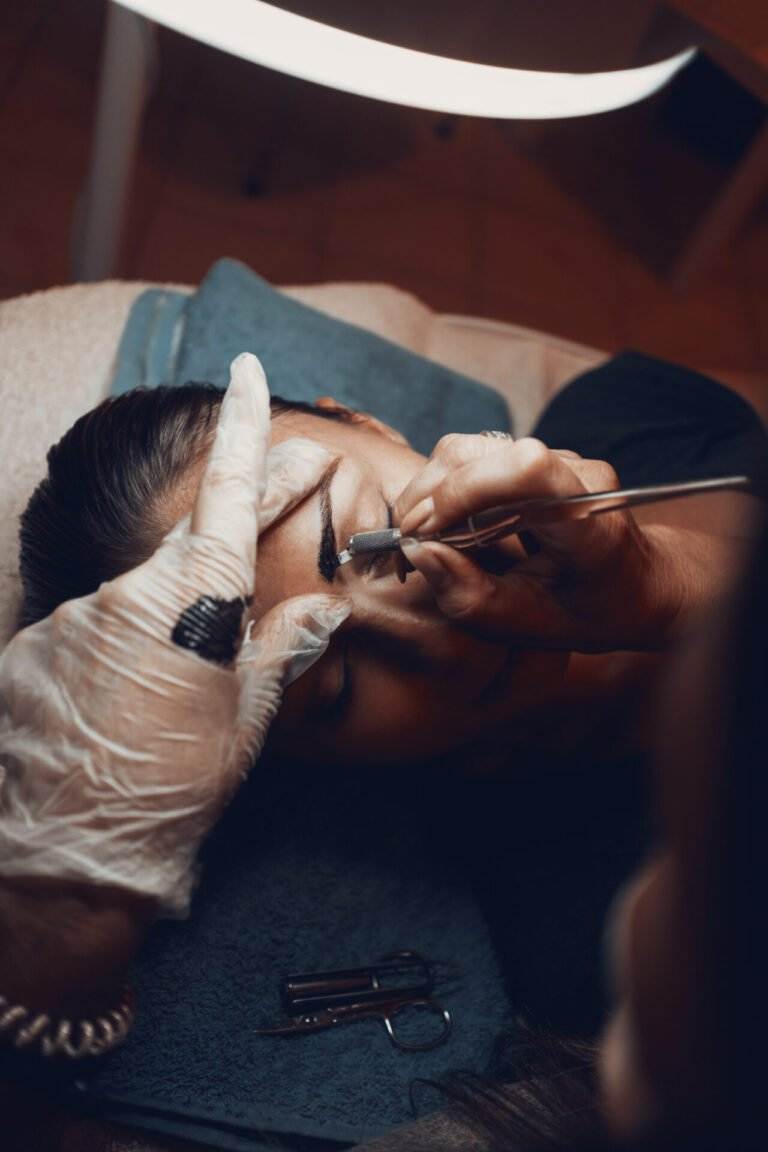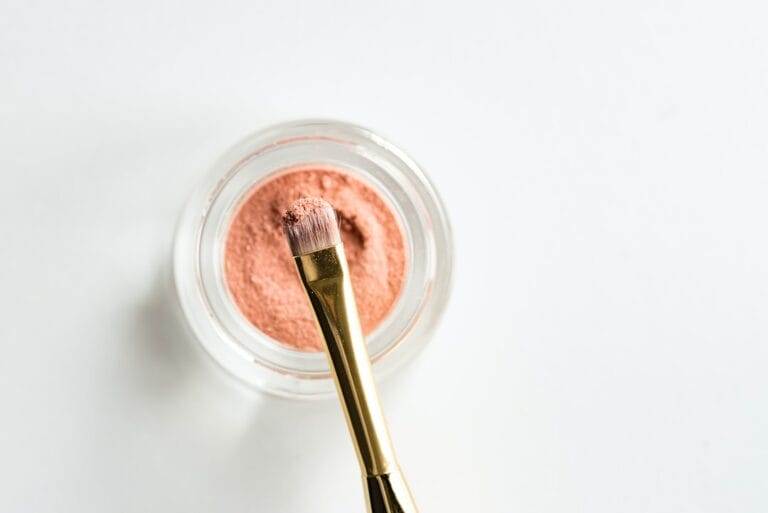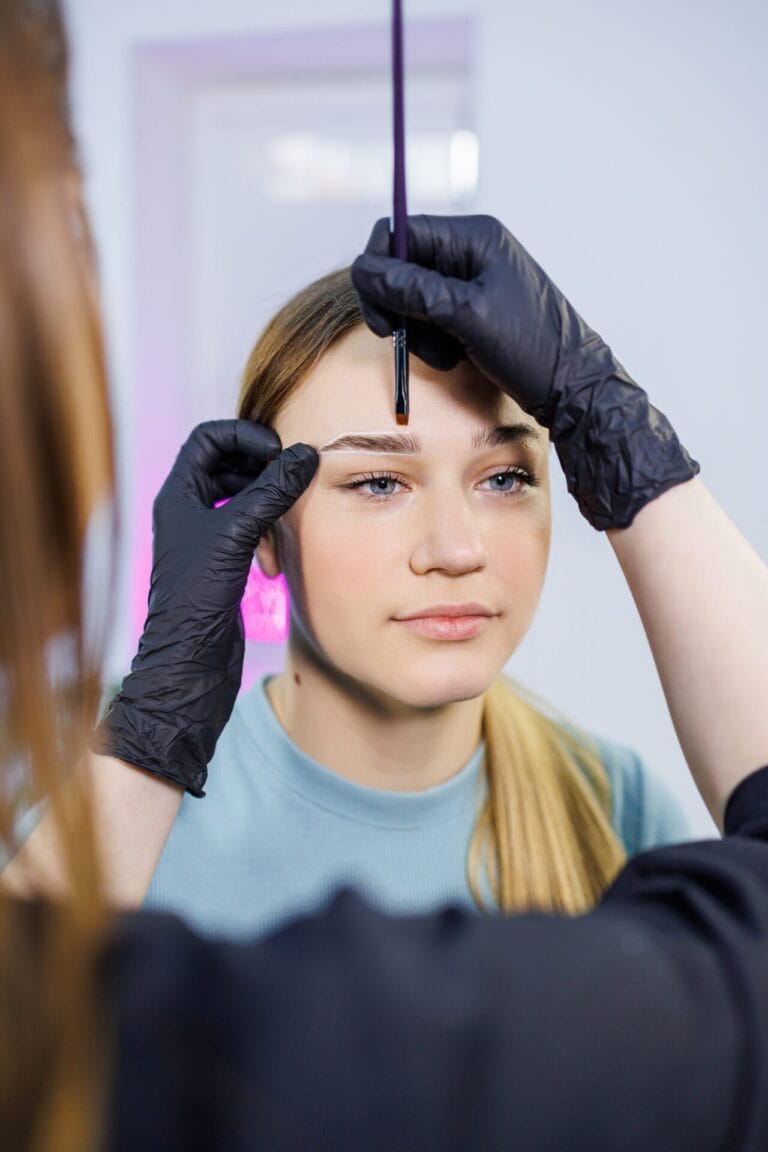What is Microblading?
Microblading is a semi-permanent eyebrow tattooing technique that involves manually depositing pigment into the skin using a handheld tool with fine needles. This procedure is designed to create natural-looking eyebrows that mimic the appearance of real hair. Unlike traditional eyebrow tattooing, microblading creates crisp, realistic strokes that blend seamlessly with your natural eyebrows.
Benefits of Microblading
Microblading offers several benefits for individuals looking to enhance their eyebrows:
- Natural-looking Results: Microblading allows for the creation of individual hair-like strokes, resulting in natural and realistic eyebrows.
- Time-saving: With microblading, you no longer have to spend time filling in your eyebrows daily with makeup. You wake up with perfectly shaped and filled-in brows.
- Long-lasting: Microblading can last anywhere from one to three years, depending on factors like skin type and aftercare. This means you can enjoy your beautiful brows for an extended period without the need for touch-ups.
- Customization: The shape, color, and thickness of your eyebrows can be customized to suit your preferences and facial features. This ensures that you achieve the perfect brow shape for your face.
- Enhanced Confidence: Having well-defined and symmetrical eyebrows can significantly boost your confidence and save you from the hassle of drawing them on every day.
In conclusion, microblading is a popular technique for achieving natural-looking eyebrows. It offers several benefits such as time-saving and long-lasting results, customization, and enhanced confidence. If you’re tired of spending time on your brows or want to transform your eyebrow shape, microblading could be the perfect solution for you.
Preparing for Microblading
Consultation with a Microblading Specialist
Before undergoing microblading, it is important to schedule a consultation with a qualified and experienced microblading specialist. During the consultation, the specialist will assess your eyebrows, discuss your desired results, and address any concerns you may have. They will also explain the entire process and give you an idea of what to expect during and after the procedure.
Preparing for the Microblading Procedure
To ensure the best possible outcome, there are a few things you can do to prepare for the microblading procedure:
- Avoid alcohol and blood-thinning medications: It is recommended to avoid alcohol consumption and blood-thinning medications, such as aspirin or ibuprofen, for a few days before the procedure. These substances can increase the risk of bleeding and interfere with the pigment retention.
- Avoid excessive sun exposure: Prior to the procedure, it is advised to avoid prolonged sun exposure or the use of tanning beds. Sunburnt or tanned skin can affect the healing process and the final result.
- Avoid waxing or plucking: It is advisable to avoid waxing, plucking, or any other hair removal methods for at least two weeks before the procedure. This will ensure that there is enough natural hair to work with and provide the best possible outcome.
- Stop using retinol or acids: If you are using skincare products containing retinol or acids, it is recommended to stop using them at least one week prior to the procedure. These ingredients can make the skin more sensitive and increase the risk of adverse reactions.
By following these guidelines, you can prepare yourself for a successful microblading procedure and achieve the eyebrows you desire. Remember to communicate openly with your microblading specialist and follow their aftercare instructions for optimal results.
The Microblading Process
Numbing and Shaping the Brows
Before starting the microblading procedure, the client’s brows will be numbed using a topical anesthetic. This helps minimize any discomfort during the procedure. Once the numbing cream takes effect, the microblading specialist will carefully measure and shape the client’s brows to ensure the desired outcome. This step is crucial in achieving symmetrical and well-defined eyebrows.
Microblading Technique and Pigment Application
Using a handheld microblade tool with small needles, the microblading specialist will create tiny hair-like strokes on the client’s brows. This technique allows for precise and natural-looking results. The specialist will carefully deposit the pigment into the superficial layers of the skin, creating the illusion of fuller brows.
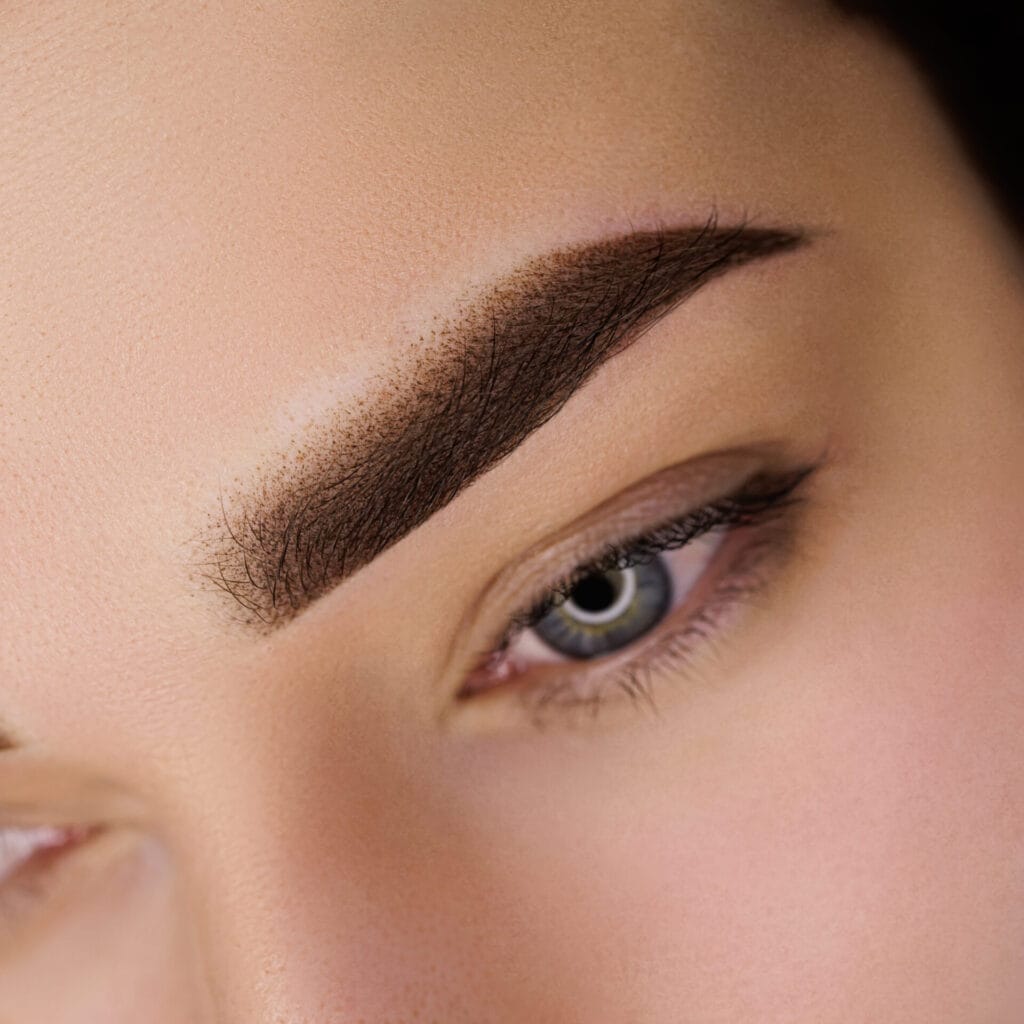
During the procedure, the specialist will frequently check with the client to ensure their comfort and satisfaction with the shape and color of the strokes.
The entire microblading process typically takes around two to three hours, including the numbing and shaping phase. However, this can vary depending on the client’s individual needs and desired results.
After the microblading procedure is complete, the specialist will provide the client with aftercare instructions. It is crucial to follow these instructions to ensure proper healing and long-lasting results. The brows may appear darker initially but will gradually fade and settle into a more natural color within a few weeks.
In summary, the microblading process involves numbing and shaping the brows before using a specialized technique to create hair-like strokes and deposit pigment into the skin. By following the aftercare instructions provided by the microblading specialist, clients can achieve beautiful and well-defined eyebrows that last.
Aftercare Tips for Microbladed Brows
Proper Cleaning and Moisturizing
– Gently clean the eyebrows with a mild, fragrance-free cleanser or a provided aftercare solution. Avoid rubbing or scrubbing the treated area.- Pat the eyebrows dry with a clean towel or tissue. Avoid using a rough cloth or towel that may cause irritation.- Apply a thin layer of the recommended aftercare ointment or cream using a clean cotton swab. This will help keep the brows moisturized and aid in the healing process.- Avoid using any makeup or skincare products directly on the treated area for at least a week to prevent infection or interference with the healing process.
Avoiding Activities that may Affect the Healing Process
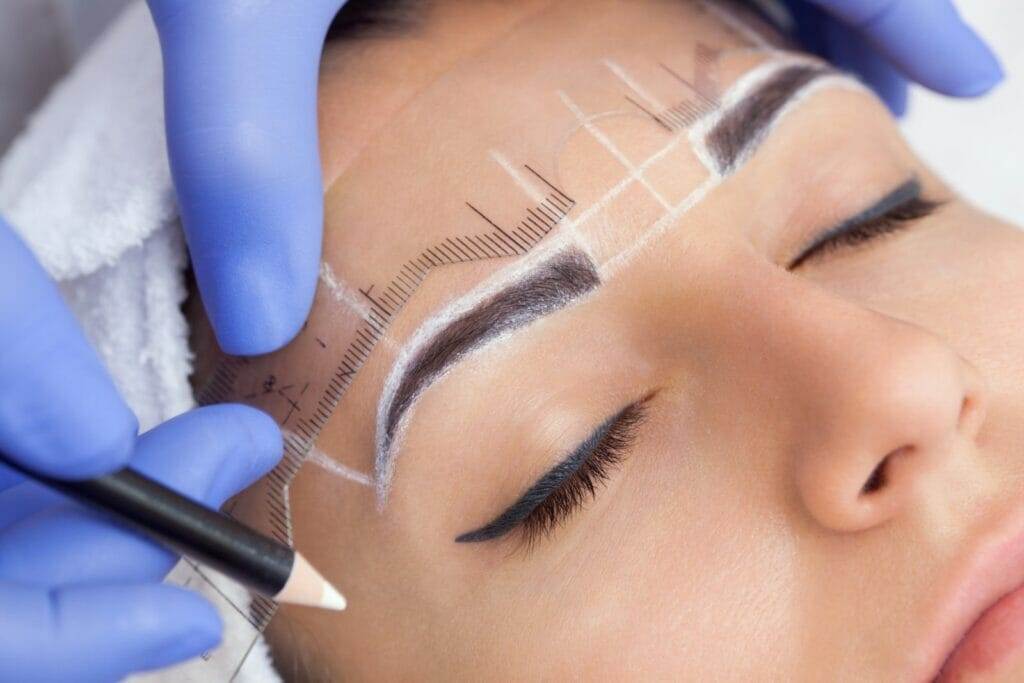
– Avoid touching or scratching the treated area, as this may introduce bacteria and disrupt the healing process.- Refrain from excessive sweating, swimming, sauna, or hot tub use for at least two weeks after the procedure, as these activities can cause the pigment to fade or become patchy.- Avoid direct sunlight, tanning beds, and prolonged exposure to water during the healing process to prevent fading and premature pigment loss.- Do not pick at any scabs that may form as this can lead to scarring or uneven healing.
Proper aftercare is essential for achieving optimal results and prolonging the lifespan of microbladed brows. It is crucial to follow these instructions provided by the microblading specialist for the best outcome. Remember, each individual’s healing process may vary, so it’s important to be patient and allow the brows to heal naturally. In case of any concerns or questions during the healing period, consult with the microblading specialist for guidance.
Long-Term Maintenance of Microbladed Brows
Touch-Up Sessions and Color Refreshing
To maintain the desired look of microbladed brows, touch-up sessions are recommended every 1-2 years. During these sessions, the microblading specialist will add pigment to areas that have faded or where the color has changed. Color refreshing helps to keep the brows looking fresh and vibrant, ensuring they continue to enhance your facial features.
Maintaining the Shape and Color of Microbladed Brows
To prolong the lifespan of microbladed brows and maintain their shape and color, follow these tips:
- Avoid excessive exposure to sunlight, as it can cause the pigment to fade. If you spend time outdoors, use a broad-spectrum sunscreen with an SPF of 30 or higher to protect your brows.
- Avoid using harsh facial cleansers or exfoliators on your brows, as they can strip away the pigment and cause the color to fade.
- Be gentle when applying skincare products around the brow area. Avoid getting any creams or serums directly on the brows, as they can alter the color.
- If you plan on undergoing any medical treatments or procedures, inform your healthcare provider about your microbladed brows. Certain medications or chemicals used during procedures can affect the color and longevity of the pigment.
- Regularly moisturize your brows with a recommended aftercare ointment or cream to keep them hydrated and prevent dryness that could lead to premature fading.
By following these guidelines and maintaining regular touch-up sessions, you can ensure that your microbladed brows look their best for years to come. Remember to consult with your microblading specialist if you have any concerns or questions about the long-term maintenance of your brows.

